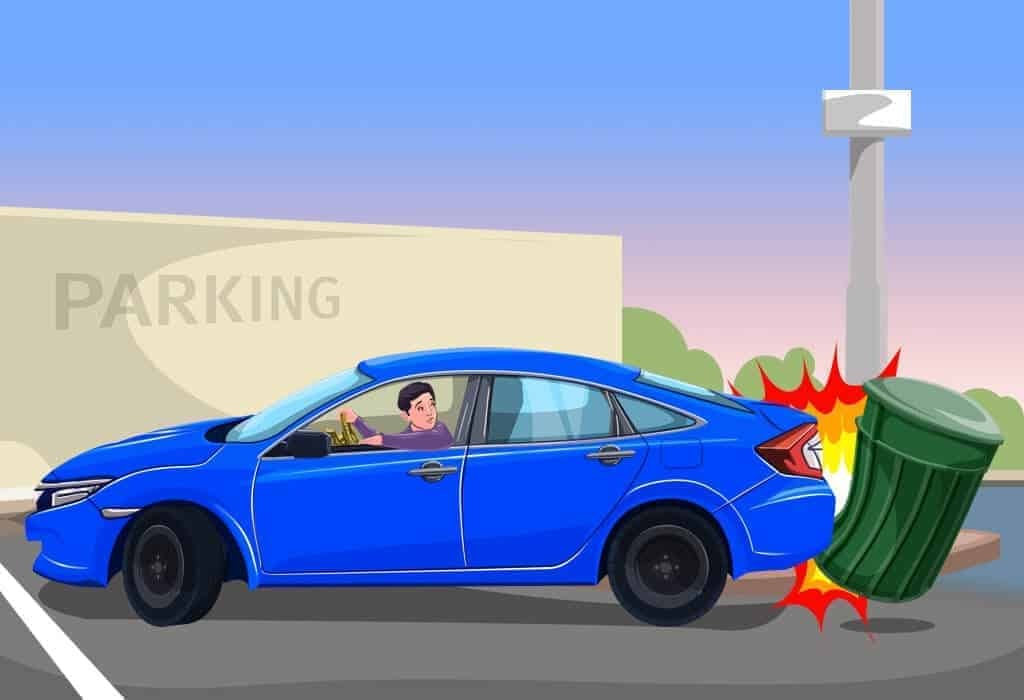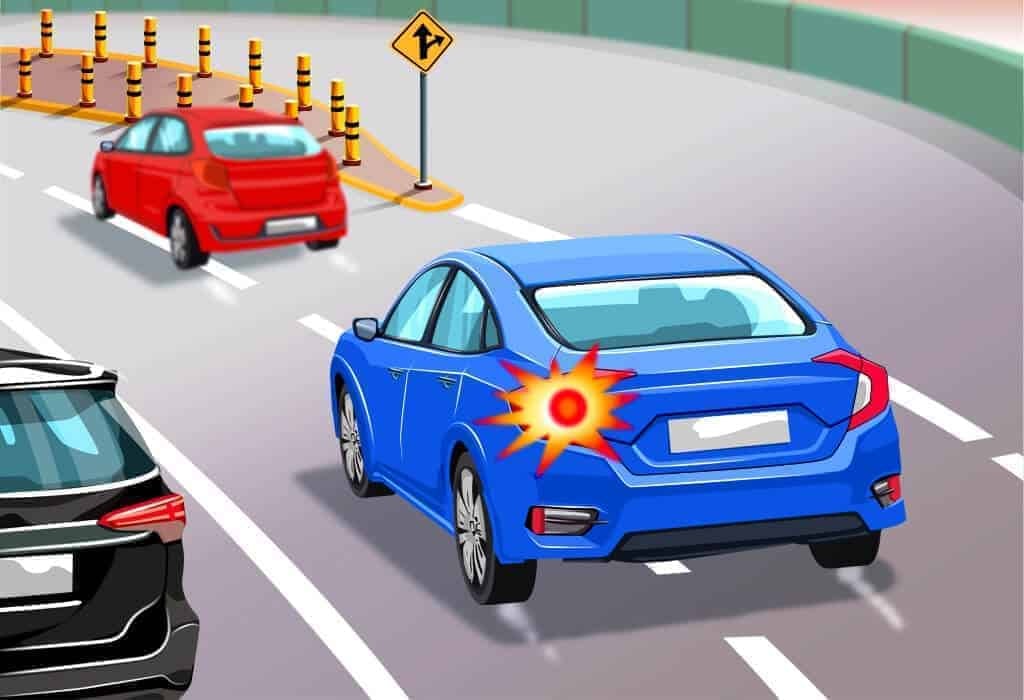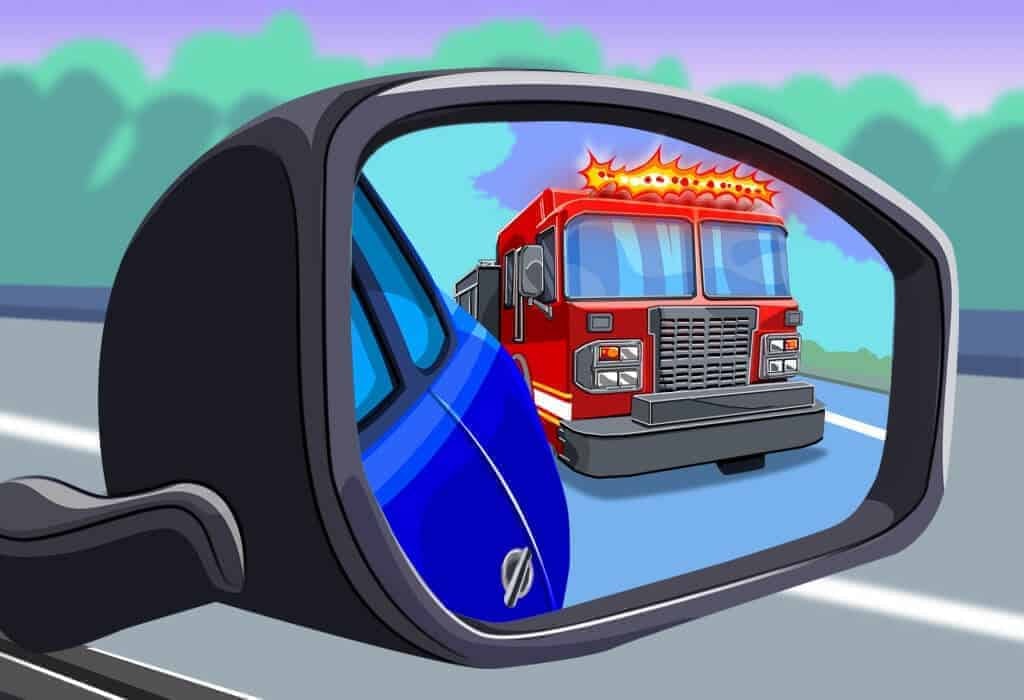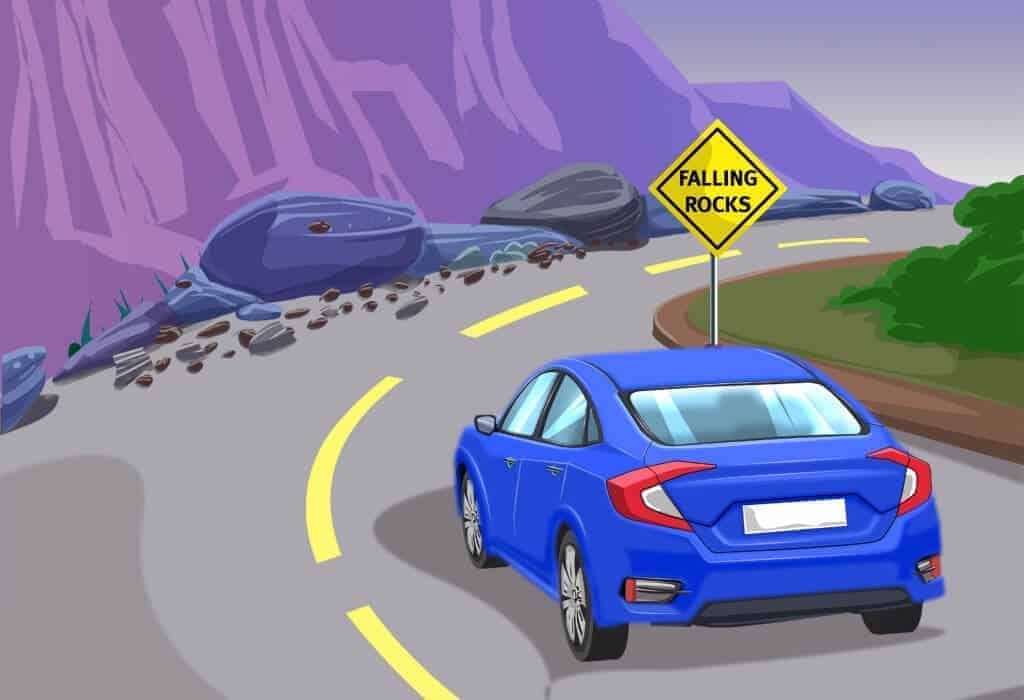
U.S. Rules of the Road: 13 Crucial Traffic Laws & Driving Rules You Should Know as a Driver
Now that you’ve received your driver’s license, or are in the process of getting your permit, it’s important to understand the rules of the road that your DMV handbook doesn’t teach you all that well. Despite not being in most official driving documents, these rules are essential in every state. All other drivers are expected to abide by these tips when operating a motor vehicle, now you will too!
To ensure a safe and comfortable ride, you will want to make sure to turn these rules into consistent habits as you drive. Pedestrians, your passengers, and other motorists will thank you for it!
What Are the Important Rules of the Road?
The majority of these 13 driving rules are similar or identical throughout the U.S., but it can be a good idea to check the specific traffic laws in your driver’s manual or online.
- Always observe your surroundings when reversing
- Slow traffic keeps right
- Signal before turning or changing lanes
- Keep a safe following distance
- Always yield to pedestrians
- Stop behind school buses with red flashing lights
- Move over for emergency vehicles with flashing lights and running sirens
- Rid yourself of all distractions
- Always wear a seatbelt while driving
- Drive at or under the speed limit
- Slow down when driving conditions are unsafe
- Practice defensive driving when able
- Keep both hands on the steering wheel
Always observe your surroundings when reversing

Although backup cameras have been standard on all US automobiles since 2018, you should still be very observant of your surroundings while placing your vehicle in reverse.
Most of these cameras only show you what’s directly behind you. They exclude your right and left sides, as well as your blind spots. You’ll have to look behind, and around you to ensure there is nothing in your way when reversing your vehicle.
Slow traffic keeps right
On most American roadways and nearly all highways, the right lane is reserved for slow-moving traffic, while the left lanes are designed for faster driving and passing.
Driving slowly in the left lane can be a major source of congestion and traffic for other motorists on the road, especially when limited lanes are available. To be safe, drive on the right lane whenever possible and use the left lane primarily for passing.
Signal before turning or changing lanes
Failing to signal before turning or changing lanes is treated as a non-criminal traffic infraction if caught by law enforcement in certain states. Not only is it illegal, failing to signal is a danger to yourself and all the drivers around you.
You should be indicating all your intentions to the motorists around you to avoid any surprise maneuvers that may lead to an accident.

Keep a safe following distance
Most drivers understand that keeping some kind of distance between you and the car in front of you is good driving practice. However, the amount of following distance that is considered safe is one of those driving rules that is ambiguously defined in most DMV handbooks.
Generally, the rule is you should keep about 3 seconds worth of travel between you and the other vehicle. Driving at a speed of 40 miles per hour, this equates to a distance of approximately 600 feet. Keeping a moderate distance between you and the car in front of you will ensure you have time to react to any sudden movements that may occur on the roadway.
Always yield to pedestrians
Traffic laws state that pedestrians always have the right of way, therefore drivers must yield. When you spot a pedestrian, check and make sure that they are not about to cross the street. If they are, come to a stop and let them pass. Afterward, you may proceed as normal.
Stop behind school buses with red flashing lights

In neighborhoods, school buses will stop to allow their students to get off and head to their respective homes. When one of the buses comes to a stop and flashes its red lights, it is illegal to pass or overtake it. This is because children are coming off the bus and often crossing the street soon after. Running by a stopped school bus could put one of these children in grave danger. Be sure to remember this traffic law when taking your next trip.
Note: This is a traffic law that varies slightly from state-to-state, so you should check the driving rules for your state in the driver’s handbook. In some states you’re allowed to pass stopped school buses on certain roads and situations.
Having a Hard Time Remembering All the Rules of the Road Such as This?
Sometimes, it’s difficult to remember everything you need to know about driving – especially if you took your driving test years ago! Luckily, there are resources online that allow you to revisit subjects that you may have forgotten.
Zutobi allows you to access driving knowledge straight on your smartphone or on the web depending on where you prefer to learn. With a quarter-million satisfied users to date, it is clear that using a rules of the road app like Zutobi improves the driving experience and makes you a safer driver.
Move over for emergency vehicles with flashing lights and running sirens
Like school buses, you must take action when you see an active emergency vehicle with flashing lights and running sirens. As seen on many state DMV practice tests, you must pull your vehicle over the side when you spot an emergency vehicle coming in your direction.

This includes fire trucks, ambulances, police cars, amongst other specialty law enforcement vehicles. Failure to give way to these vehicles can result in hefty fines and potential incarceration for repeat offenders.
Note: This traffic law is called the ‘Move Over Law’ and it states how you should act near emergency vehicles.
Rid yourself of all distractions
About 9 people are killed every day in the U.S. as a result of distracted driving. More than 1,000 individuals are injured daily due to the same phenomenon. Any activity that takes your focus away from driving is considered a distraction – that could be eating a meal, talking on your phone, sending a text message, or even using navigation.
Before placing your car in drive, be sure to remove any potential distractions from within reaching distance to ensure the safety of yourself, your passengers, and fellow motorists.
Always wear a seatbelt while driving
By now, the importance of wearing a seatbelt should not be lost on drivers – both new and experienced. According to the National Highway Traffic Safety Association, the use of seat belts saved nearly 15,000 lives in 2017 alone. The NHTSA claims that buckling up in the front seat could reduce your risk of fatal injury by 45% and moderate to critical injury by 50%.
Drive at or under the speed limit
Remember that posted speed limits are not speed goals – there is no reason you need to reach that speed or above as long as you’re keeping up with normal flow of traffic. As a general rule, it is safe to be within 5 mph of the posted speed limit.
Most drivers don’t even consider that driving too slowly can be just as dangerous as driving too fast. Traveling at 15mph under the speed limit is considered a dangerous hazard and could get you pulled over in many states.
Slow down when driving conditions are unsafe

No matter what the limit is, you should be traveling a speed that is conducive to current weather conditions. While driving 70 miles per hour on an overcast day won’t be an issue at all, doing the same during a snowstorm would be wildly irresponsible. Use common sense and drive at a speed that makes you comfortable considering your climate.
Practice defensive driving when able
Defensive driving is simply the practice of anticipating the movements of drivers around you. You then utilize your observations to make smart and informed decisions on the road. This involves driving at reduced speed, yielding to motors, and generally being hyper-observant of your surroundings. Practicing defensive driving as a motorist will keep you safe and alert while traveling.
Keep both hands on the steering wheel
According to crash statistics compiled by the National Highway Traffic Safety Administration, many of these accidents occur as a result of drivers using poor steering techniques while on the road. When operating a motor vehicle, you will want to make sure you keep both hands on the wheel at all times. You should keep a firm grasp on your steering wheel, yet be gentle enough to make adjustments as necessary.
The NHTSA suggests drivers keep their hands at about 9 and 3 to maintain maximum control of the vehicle. This steering position also allows you to quickly perform emergency maneuvers to avoid impeding danger, if necessary.
Refreshen Your Knowledge Regularly by Reading the Driver’s Manual
The above rules of the road will help enjoy a comfortable commute every time you drive. It is always important to be vigilant of other drivers and pedestrians that may be in your vicinity to avoid accidents. It is also important to re-read the Driver’s Handbook from time to time as it helps you remember driving safety practices and learn new driving laws.
While this list of rules may seem long initially, all of these actions will become second nature as you gain driving experience. Creating small habits such as putting on your seatbelt as soon as you enter your vehicle will keep safety at the front of your mind.
Do you have trouble remembering your local driving laws? Zutobi has courses for all 50 states that include every road rule, law, and sign that you need to freshen up your driving knowledge to stay safe on the roads.

Available on both iOS and Android devices, as well as via the web, Zutobi brings DMV knowledge everywhere you go in a much easier format than the driver’s manual. Whether you’re refueling at a gas station on the way to work or at home preparing for the next family road trip, Zutobi is here for you. Sign up today to the community of over 250,000 monthly users using the #1 driver’s resource on the market.

550+ exam-like questions
All you need to ace your test
Perfect for first-timers, renewals and senior citizens
Recommended articles
Ace your DMV test, guaranteed
Want to Be the Top School in Your Area?
- Simple & automated admin
- More time for teaching
- #1 learning materials for students


